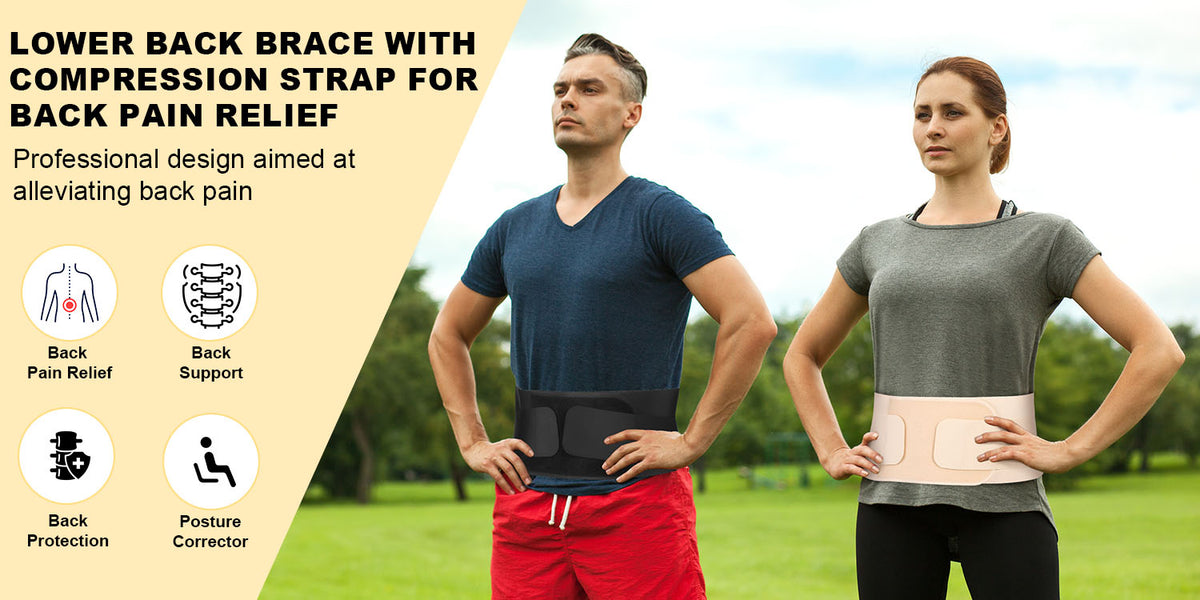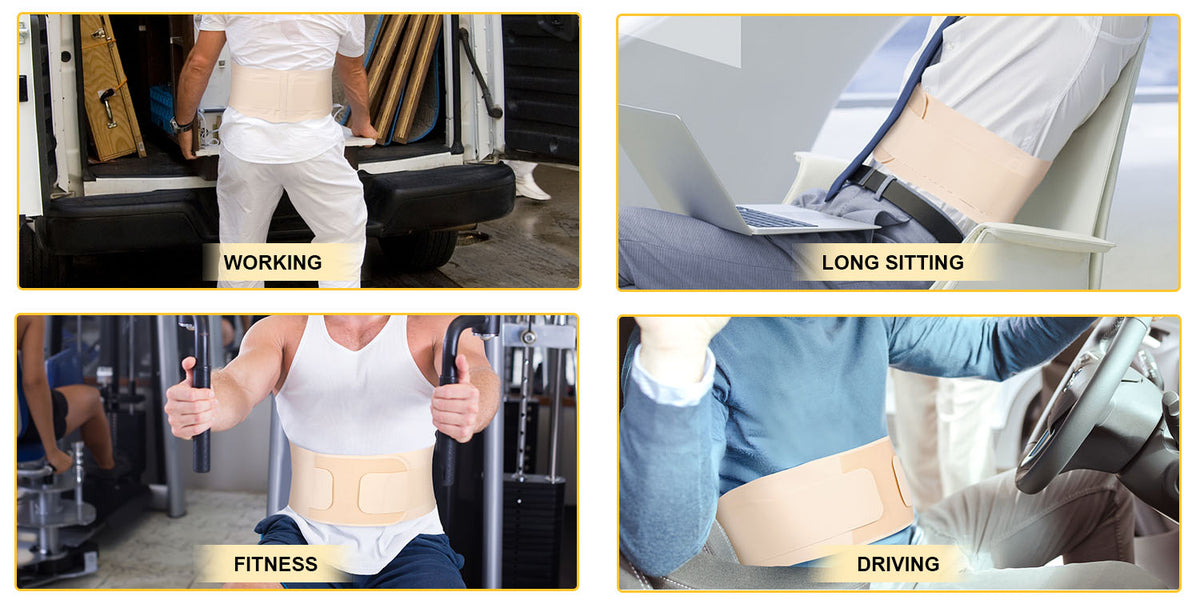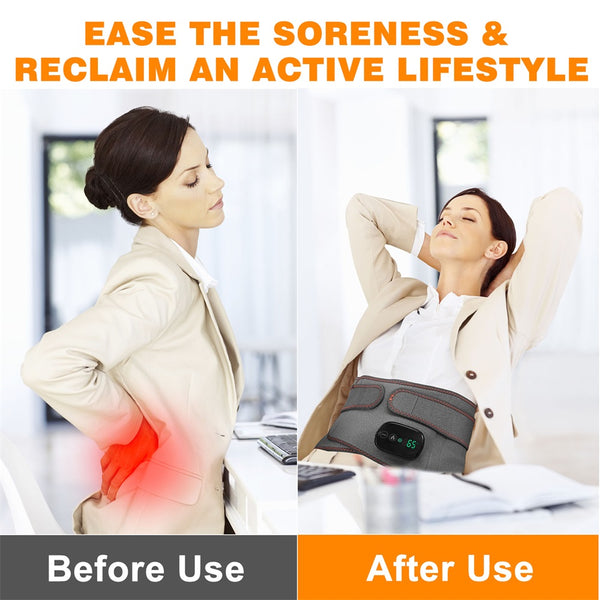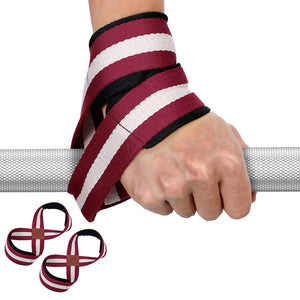What Type of Brace for Lower Back Do I Need

Different situations, such as slight pain, sport protection, post-operative recovery, and different groups of people, will influence the choice toward the use of different types of .
Effects on the Lower Back
The main function of a lower back brace is to stabilize the lumbar region and reduce abnormal movement of the vertebrae, which helps in preventing or relieving conditions such as lumbar strain, herniated discs, and facet joint syndrome.

Braces, through immobilization of the lumbar spine, can thus limit flexion, extension, and rotation and highly reduce loading of the lumbar intervertebral discs. The Spine Research Journal lists that in patients with lumbar disc herniation, braces can help to decrease disc pressure as high as 25%, thus not complicating the herniation further.
Where the facet joint syndrome is usually caused by overloading and abnormal movement, symptoms often resolve with braces that provide stability to the facet joints. A study in the Muscle Journal demonstrated a 40 percent reduction in facet joint pain after the use of a lumbar brace over four weeks.
By providing better distribution of the forces across the vertebra, a proper fitting brace may contribute to the realignment of a spine either with lumbar lordosis or kyphosis. According to American Orthopedic Journal, about 15% reduction in the degree of the spinal curvature resulted from kyphosis-bracing treatment in combination with physical therapy.
Braces help in maintaining a balance between the support and relaxation of the muscles. According to the Journal of Rehabilitation Medicine, a brace can allow the muscles to rest by reducing activity in the affected muscles in such cases as lumbar muscle strain, because a aids in reducing fatigue and pain by 35% within the first week of its use.
Group Differentiation
The needs of the different groups when using vary greatly, and the following are the precise needs of major groups.
-
Sitting for long periods can cause excessive pressure on the lower back. This, a light support brace may help correct one's posture. In a survey of 500 office workers, it was found that in as many as 75% of participants, pain reduced by 40% after having worn the brace for 4 weeks.
-
Fitness and sports persons undergoing high-intensity training, in particular, require additional support of the lumbar area. According to the same report of NSCA, a medium-support brace may reduce the incidence of lumbar injury in athletes by 48% compared with a no-brace condition.
-
These braces can relieve waist pain during standing or walking, which especially enables high-strength support braces for elderly and osteoporosis patients. The Journal of Geriatric Rehabilitation reported that 70% of the elderly patients had a 50% reduction in discomfort after wearing a high-strength brace.
-
Post-spinal or lumbar surgery patients need high-strength braces for stabilizing the area that underwent surgery. According to the Spine Surgery Yearbook study, the patients who underwent postoperative surgery and used such braces had an average reduction in recovery time by 12%. Moreover, 85% of them experienced pain relief.
Product Differentiation by Brace Type
Depending on the level of support and the usage scenarios, lower back braces can be divided into the following three types, depending on these two factors. Different types of braces will have different application cases and target groups.
| Type of Brace | Level of Support | Usage Scenario | Effectiveness |
|---|---|---|---|
| Light-Support Brace | Low | Used for normal daily use, slight lower back pain | Relieves 35% of back pain, comfortable for long-time wear |
| Medium-Support Brace | Medium | Used for protection during sports exercises and strength training | It will reduce the pressure on the lumbar by 20% to 30% during exercise |
| High-Support Brace | High | Used after operations or serious lumbar issues | Accelerates post-operative recovery by 15%, reduces extreme pain |
Steps towards Choosing a Lower Back Brace
In choosing the appropriate , do the following:
-
Know for what you want to use your needs: whether for daily activities, protection in sports, or recovery from an operation.
-
Choose your strength according to your activities: if you work with much sitting, choose a light-support brace to correct your posture.
-
Test comfort and flexibility. In choosing a brace, comfort and fit are relevant. Test whether it is comfortable to wear for daily use or even at the gym, considering that you can still move your body without constraints of movement.
-
Listen to professional advice.
















